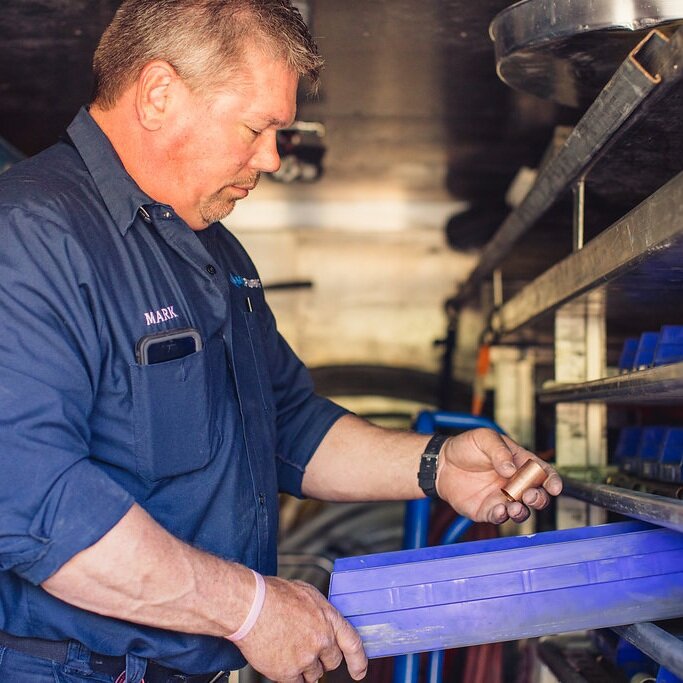What Are the Benefits to Flushing Out a Water Heater?
While water heaters can last for more than 10 years, they can become less efficient over time or fail if no maintenance is performed. The most common problem these trusty machines encounter every day is water-sediment build up. Flushing the entire water heater can help alleviate some of the issues resulting from sedimentation, which will improve energy efficiency, water flow, and extend the heater’s lifespan.
If you’ve wondered whether flushing actually helps extend a water heater’s lifespan, here’s what you need to know.
How flushing the heater helps
A water heater pulls in cold water from the main water line and heats the water for later use. While water is stored in the tank, minerals in the water settle on top of the heating element. Sediment builds up over the heater; since most minerals are naturally poor heating conductors, it will take more time and energy to get the water in the tank to an appropriate temperature.
The best way to dramatize this process is to think about boiling water in two different pans. If one pan only has water in it, and the other has a layer of concrete or sand in it, the one without the concrete or sand will boil faster.
Flushing the tank until it’s empty will remove the loose sediment and help the heater work better. The boiler will heat to a higher temperature, heating the water faster, and the parts will likely last longer. It’s recommended to flush a water heater about once a year to get the best results.
Shouldn’t all water naturally drain with showers?
Most of the time, the heater won’t empty entirely during a shower or bath. The remaining water doesn’t pull enough of the sediment out, and the new cold water only brings more. Added to reduced energy efficiency you may experience, the build-up will ultimately decrease how much water the tank can hold at a time.
If the water heater is not flushed regularly, the sediment can plug the heater or break off into the pipes. These large chunks can cause a pipe to burst, which can be more of a hassle to fix. Flushing the boiler is an affordable and relatively quick preventative measure to alleviate these concerns.
How to flush a water heater
Flushing the water heater doesn’t require specific tools or equipment, although a professional plumber can help if the valves are hard to reach or you want an expert’s opinion.
To flush a heater, you need to close off its water supply and turn off the power source. After the water has cooled down, open the hot water faucet in the shower to prevent a vacuum. Then, attach a hose to the heater’s drain valve, open it, and allow the water to drain. Turn on the cold water supply and allow water to circulate through the heater and flush the tank a few times. After closing the valve and removing the hose, allow the heater to fill before turning it on again.
If you have any more questions about your water heater, don’t hesitate to call a professional plumber.
Trust MNS Plumbing, a licensed and friendly plumber in the Phoenix area, for all your gas water heaters, electric water heaters, and gas line installation and repair needs.

